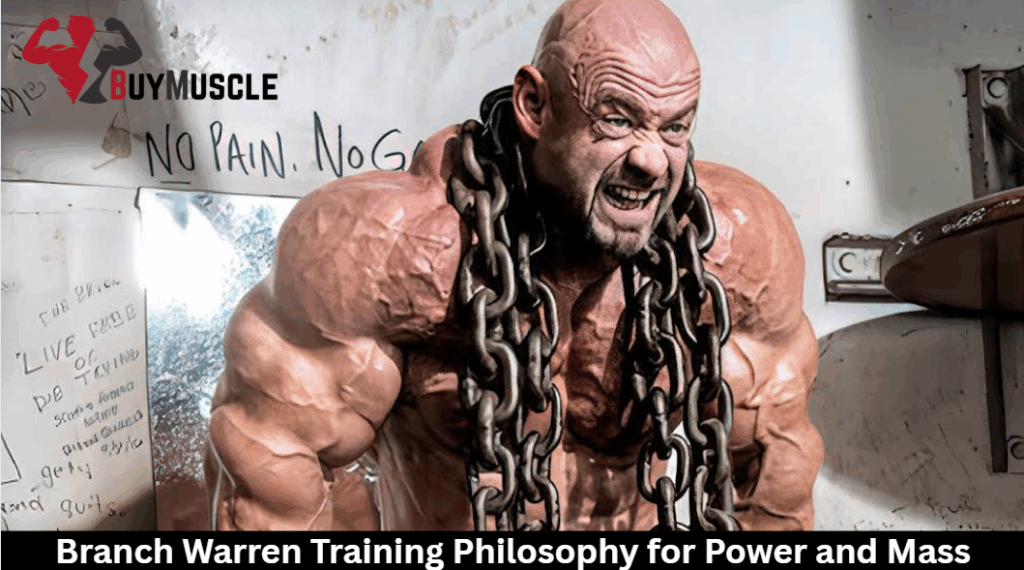Branch Warren Training Philosophy for Power and Mass
The training philosophy of Branch Warren is relentless heavy lifting with compound movements. You need to push past failure using rest-pause techniques with minimal rest periods (10-15 seconds). In his approach, he demands mental toughness coupled with tactical recovery protocols. Every session is about progressive overload – serious weight gain from exercise variations. Watch how […]
Branch Warren Training Philosophy for Power and Mass Read More »








